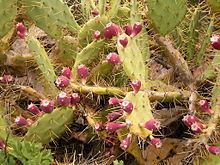Higher classification Prickly pear | Family Cactaceae Scientific name Opuntia stricta Rank Species | |
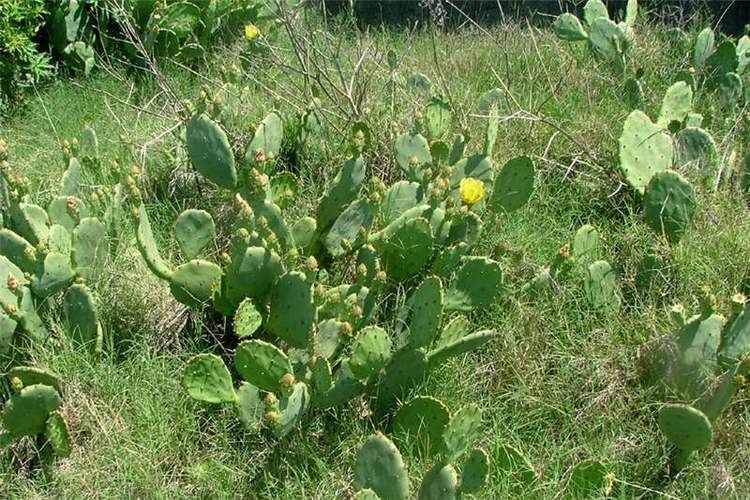 | ||
Similar Prickly pear, Cactus, Opuntia dillenii, Cactus moth, Eastern Prickly Pear | ||
My opuntia stricta cactus with a beautiful golden flower august 2015
Opuntia stricta is a large sized species of cactus that is endemic in the subtropical and tropical coastal areas of the Americas and the Caribbean. Common names include erect prickly pear nopal estricto (Spanish). It is an erect or sprawling shrub up to 2 m (6.6 ft) in height, producing lemon yellow flowers in the spring and summer, followed by purplish-red fruits. It is quick to colonize hot, open environments with sandy soils.
Contents
- My opuntia stricta cactus with a beautiful golden flower august 2015
- My huge and very old opuntia stricta in my olive garden on adriatic coast
- Distribution
- Invasive species
- Synonyms
- References
My huge and very old opuntia stricta in my olive garden on adriatic coast
Distribution
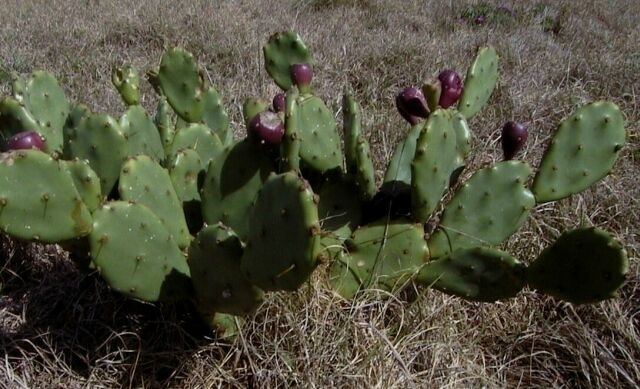
Opuntia stricta occurs naturally in South Carolina, Georgia, Florida, and along the Gulf Coast in Texas, Mississippi, and Alabama in the United States , as well as the Bahamas, Bermuda, the Caribbean, eastern Mexico, Central America, northern Venezuela, and Ecuador.
Invasive species
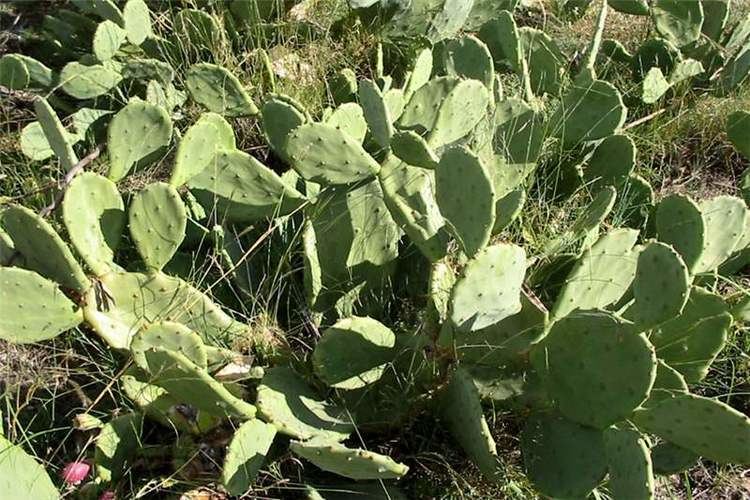
It has been introduced to many parts of the world, including Africa, Southern Europe, and southern Asia. O. stricta is considered an invasive species in South Africa. In Australia it has been the subject of one of the first really effective biological control exercises using the moth Cactoblastis cactorum. It was declared a Weed of National Significance by the Australian Weeds Committee in April 2012, but continues to be kept under control by the use of the Cactoblastis moth and a cochineal insect, Dactylopius opuntiae.
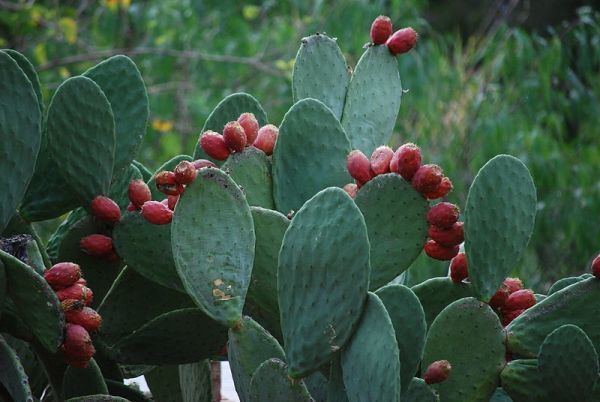
In Sri Lanka it has overgrown a 30 kilometer long coastal area between Hambantota and Yala National Park, especially in Bundala National Park, a Ramsar wetland site. It has overgrown several hundreds of hectares of sand dune areas and adjoining scrub forests and pasture lands. Some areas are so densely covered that they are completely inaccessible for humans and animals. The seeds are spread by macaque monkeys, and perhaps other animals and birds, that eat the large fruits. It is also spread by people cutting down the cactus but leaving the cuttings, which then re-sprout where they have fallen. No control measures have been carried out except some costly manual removal of about 10 hectares on the dunes near Bundala village. The cactus is due to invade Yala National Park.
Synonyms
